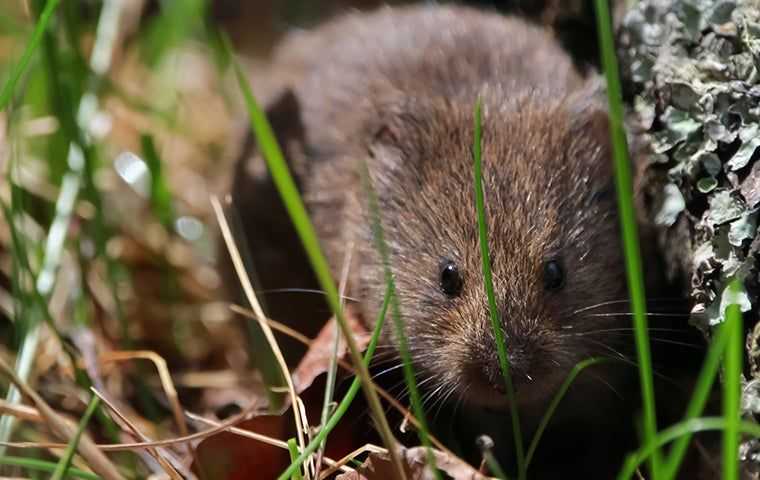Trusted Vole Control in Utah: Solutions for Your Property
Trusted Vole Control in Utah: Solutions for Your Property
Blog Article
Comprehensive Overview to Efficient Vole Insect Control: Invasion Identification and Therapy Methods
In the realm of reliable bug control, vole infestations position a distinct obstacle that demands a tactical strategy. These little rodents, often incorrect for mice, can damage yards, grass, and crops if left untreated. Determining the indications of vole visibility and executing targeted therapy methods are essential components of an effective insect monitoring strategy. By exploring the nuances of vole behavior, comprehending vital indicators of infestation, and reviewing a series of control alternatives, one can create a comprehensive technique to combat these evasive parasites.
Comprehending Vole Behavior
Vole behavior is characterized by their burrowing practices and fast reproduction rates, making them a difficult parasite to control properly. Their quick reproductive rate more complicates control initiatives, with ladies capable of creating several litters in a single year, each containing numerous offspring.
Comprehending vole behavior is critical for efficient parasite control approaches. By identifying their burrow places, checking feeding locations, and carrying out targeted control techniques, such as trapping or environment alteration, vole invasions can be taken care of efficiently.
Signs of Vole Infestation

Prevention Strategies
Implementing effective avoidance approaches is important in lessening vole infestations and securing greenery from their damaging feeding habits (vole control utah). To prevent vole invasions, it is necessary to start by getting rid of possible food resources and sanctuary. Keep grass and plants trimmed short, remove weeds and particles, and keep a clean yard or lawn to make the area much less eye-catching to voles. Mounting barriers such as equipment fabric or underground fencing can likewise help discourage voles from going into details locations. Additionally, reducing excess dampness by dealing with leaky pipes and making sure correct water drainage can make the environment much less hospitable for voles.
Regularly examining the building for indications of vole activity, such as paths and tunnel openings, is critical for very early detection and punctual action. If vole task is suspected, consider utilizing catches or repellents purposefully positioned near their paths.
Non-Lethal Control Techniques
To successfully handle vole populations while focusing on humane approaches, non-lethal control methods use functional options for lowering vole damages in yards and landscapes. These obstacles can be buried at the very least 12 inches bent and deep at a 90-degree angle to stop voles from tunneling beneath.
Lethal Control Options
One effective technique for resolving vole invasions in landscapes and yards includes the strategic usage of deadly control alternatives. When faced with a serious vole problem that non-lethal methods have actually fallen short to include, implementing deadly control actions becomes essential. On the whole, when using dangerous control options, it is important to do so sensibly and in conformity with local policies to successfully manage vole invasions.
Conclusion
To conclude, effective vole pest control requires a comprehensive understanding of vole behavior, identification of vole control indicators of infestation, execution of prevention approaches, and usage of both non-lethal and dangerous control techniques. By combining these strategies, people can efficiently take care of vole populations and shield their residential property from damage. It is very important to deal with vole problems quickly to prevent further problems and decrease the effect on the surrounding environment.
Given the complex passage systems and rapid recreation prices particular of voles, acknowledging the signs of vole infestation ends up being necessary in effective bug control. One of the main indications of vole existence is the existence of surface runways or routes in grass or snow, generally concerning 1-2 inches wide, developed as voles travel in between their burrows and food sources.To properly take care of vole populations while focusing on humane methods, non-lethal control methods provide useful services for reducing vole damages in gardens and landscapes.One efficient approach for resolving vole invasions in yards and landscapes entails the calculated use of lethal control options. vole lawn damage.In final thought, effective vole parasite control requires an extensive understanding of vole habits, identification of signs of problem, implementation of avoidance approaches, and use of both non-lethal and dangerous control techniques
Report this page